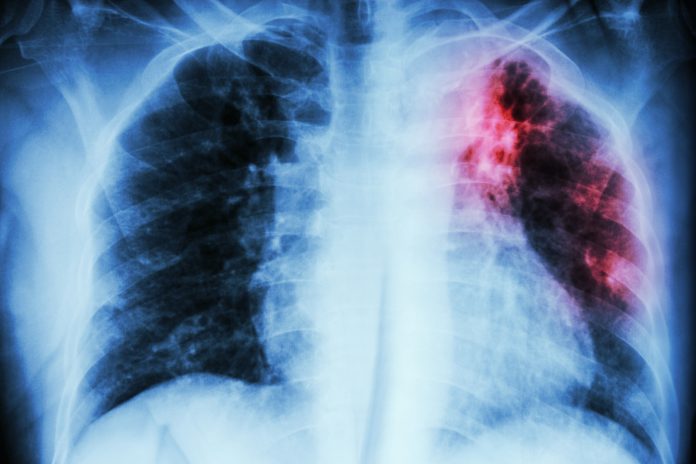The first comprehensive analysis of three major lung diseases, asthma, chronic obstructive pulmonary disease (COPD), and interstitial lung disease (ILD), across England, Wales, Scotland, and Northern Ireland has been published
Asthma, chronic obstructive pulmonary disease (COPD), and interstitial lung disease (ILD) are the three most prevalent chronic lung conditions globally and in the UK. Using the most up-to-date data, this study is the first to explore trends across England, Wales, and Scotland.
Additionally, no previous studies have provided a consistent comparison of the burden of these diseases across the UK, nor have any examined the impact of the pandemic on healthcare utilisation and the burden of these conditions.
These latest findings highlight the shifting trends in disease incidence and prevalence and the impact of the COVID-19 pandemic on respiratory health across the UK.
Asthma rates have declined across the United Kingdom
Researchers from the Inflammation and Immunity Driver Programme analysed data from national health records between 2004 and 2023 and found that asthma and COPD have decreased over time. In contrast, cases of ILD—a group of conditions that cause lung scarring—have increased across all four nations.
In England, the rate of new asthma cases in 2019 was 11% lower than in 2005. The decline was even steeper in Wales (34%), Scotland (33%), and Northern Ireland (16%). Similarly, COPD incidence dropped by 17% in England and 33% in Wales. However, ILD cases rose sharply, with rates more than tripling in England and Northern Ireland over the same period.
Despite falling incidence rates, asthma remains highly prevalent, affecting nearly one in six people in Wales (16.4%), one in seven in Scotland (13.2%), and almost one in ten in England (9.6%) and Northern Ireland (7.6%). COPD affects between 3% and 6% of the population, while ILD, though less common, still impacts thousands across the UK.
The long-lasting impact of the COVID-19 pandemic on diagnoses
The researchers found a substantial gap in lung disease diagnoses during the COVID-19 pandemic. The team analysed expected versus actual diagnosis rates and found that new cases of asthma and COPD were diagnosed at only a third of the anticipated levels, while ILD diagnoses were nearly halved. The reduction in clinically recorded diagnoses reflects access to care during the pandemic and changes in health-seeking behaviours. For example, there were fewer face-to-face GP and outpatient appointments during the early months of the pandemic, leading to fewer diagnoses.
These findings also highlight that many individuals with respiratory conditions may have remained undetected without treatment.
Dr Hannah Whittaker, an Inflammation and Immunity Research Fellow based at Imperial College London, said: “We hope that these methods and national level estimates can be used to inform public health planning.”
The study has limitations, including potential coding inaccuracies in electronic health record data, inability to estimate monthly prevalence, and lack of regional or ethnic stratification. Trends may reflect changes in diagnosis practices rather than true incidence. Variations in denominators between England and Scotland and excluding some cases in Northern Ireland could affect results. Lastly, diagnoses based solely on care records, without spirometry, may lead to misestimations of disease prevalence.








